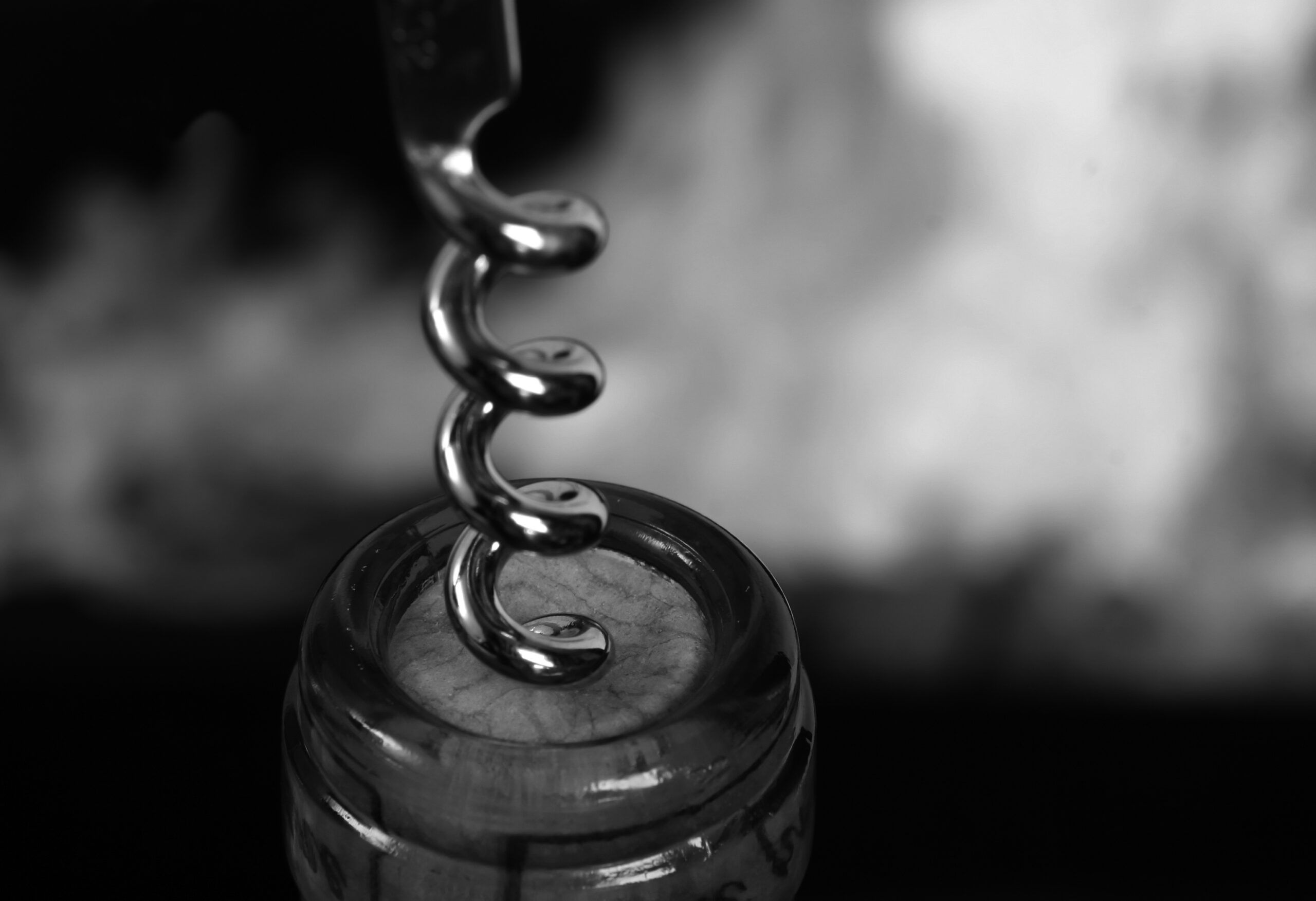Originally published September 2021.
This wine connoisseur gives his informed opinion.
Most wine drinkers would probably plump for those made from the ubiquitous Chardonnay grape – French, in particular. Bottles from Burgundy’s Côte de Beaune are the stuff of legend, the likes of Meursault, Corton-Charlemagne and anything with Montrachet on the label (obviously). Chablis, too, can rise to similar heights. Messrs Raveneau and Dauvissat can easily reduce connoisseurs to froth and frenzy.
No complaints in this corner. However, I am staggered that the dry whites from Bordeaux somehow seem to miss out on similar reverence. One simple answer might be that when it comes to the Gironde estuary, it’s all about the reds: claret remains in fine wine’s pole position, a vinous Lewis Hamilton. The Bordelais also wax lyrical about the region’s dessert wines – Yquem at the pinnacle, flanked by Climens, Rieussec and Suduiraut. Bordeaux Sec languishes by comparison.
Here’s another possible factor: after the frost of 1956 that so devastated the region’s vineyards, the resulting replanting programme put red grape varieties at the forefront, meaning white wine’s share of production dropped from 50% to 10%.
Yet no need to exclaim tant pis. While supermarkets focus on Pinot Grigio, Prosecco and the next marketing scam for a bottle of Provence rosé ordinaire (MUST be the correct shade of pink, taste irrelevant), and oligarchs clean up the world’s stock of white Burgundy, there is ample opportunity to exploit some amazing value and quality.
Sauvignon blanc is the driving force. Crucially, it makes a softer, rounder, less overt style than its siblings from the Loire Valley – not so much of the piercing grassy precision here, there are broader, more floral strokes at work. And then one has the trump card played by blending it with the Sémillon: this adds texture, density and a faint degree of honey. Furthermore, its low acidity is complemented perfectly by the Sauvignon’s zip.
Together, the combination can be unbeatable and there’s still the option of folding in some Muscadelle and Sauvignon Gris for extra depth and complexity.
“Start in the Entre-Deux-Mers, where Château Bauduc offers both a vibrant 100% Sauvignon and an impeccable Sauvignon/Sémillon blend at under £15”
Where to find these bottles? Start in the Entre-Deux-Mers, where Château Bauduc offers both a vibrant 100% Sauvignon and an impeccable Sauvignon/Sémillon blend at under £15. Brilliant value. Excellent examples are now also made by estates in Sauternes, as demand for their traditional dessert styles has waned (check out Clos des Lunes). And the great properties of the Haut-Médoc have followed the fashion, although healthy premiums attend Blanc de Lynch-Bages, Cos d’Estournel Blanc and Pavillon Blanc du Château Margaux.
Better, perhaps, to focus on the Graves appellation, where Clos Floridène is a fail-safe. However, it’s in Pessac-Léognan where the sweet-spot is arguably hit most firmly: Malartic-Lagravière, Latour-Martillac, Smith Haut Lafitte and Domaine de Chevalier spring to mind. Indeed, the latter estate’s 1985 is one of the finest whites I have ever drunk (narrowly pipping the 1970), along with another Pessac, 1982 Château Laville Haut-Brion (now known as La Mission Haut-Brion Blanc). My fading brain recalls these remarkably clearly.
So, when it comes to answering the question posed at the beginning of this piece…








